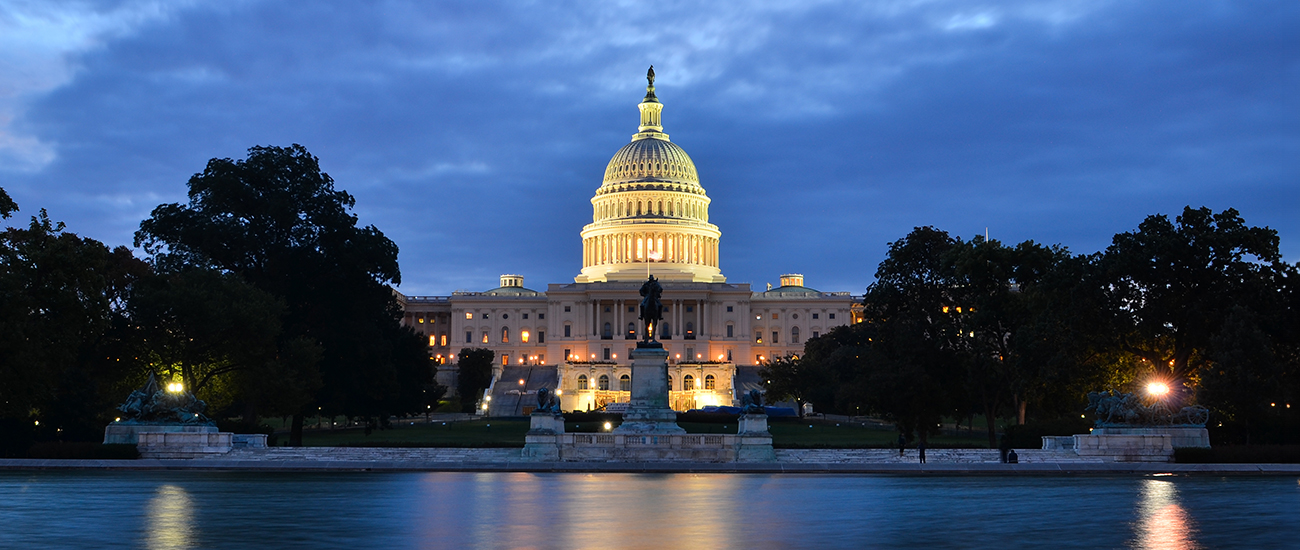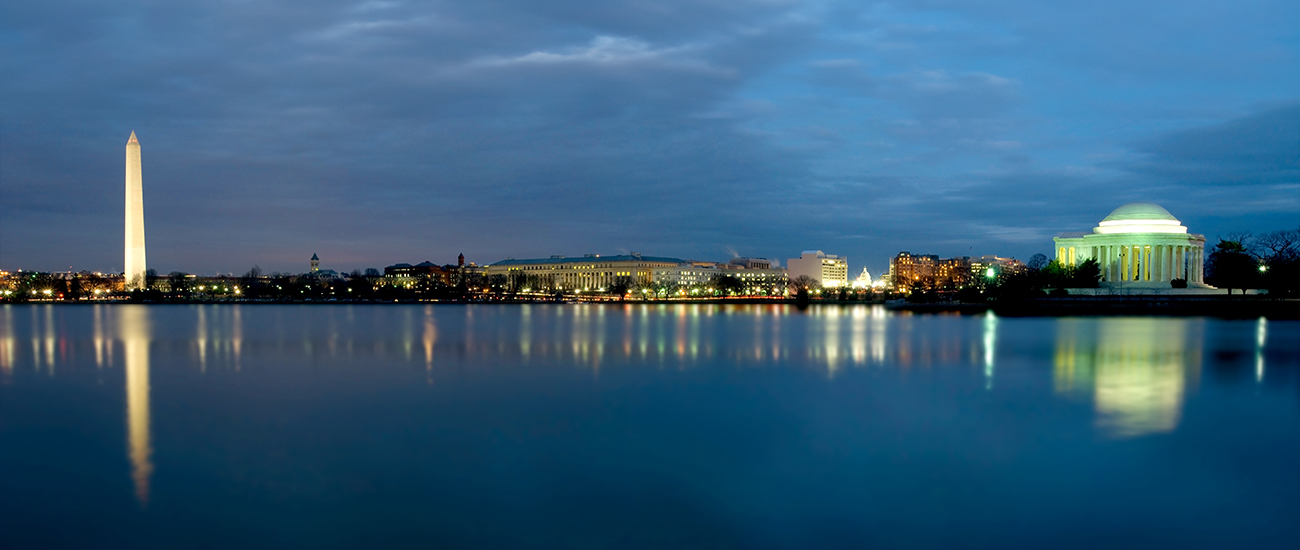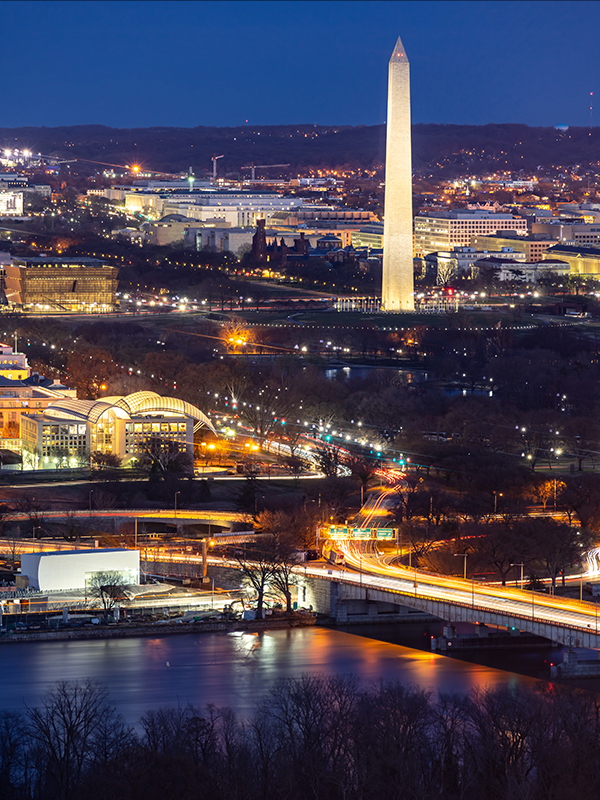- Contact Us Now: (202) 589-1834 Tap Here to Call Us
No Magic Number for Wireless Competition: T-Mobile/Sprint Deal
On June 18, 2018, T-Mobile and Sprint filed initial papers with the FCC. The parties made a number of arguments on why their deal should pass regulatory muster.
First, T-Mobile and Sprint argue that they need the deal to compete with the Big Two (AT&T and Verizon) – the combined firm would be able to take advantage of efficiencies and economies of scale to bring technological innovations (5th generation (5G)) to the market faster to provide customers with better broadband services at a lower cost. Thus, customers would benefit from the merger through lower prices and investments to their network. The parties basically acknowledge that it is a four to three deal.
Second, the parties argue that the wireless market is no longer as concentrated because an abundance of competition exists or will exist in the near future as cable companies, Google, and others are increasingly entering this space. Even using current technologies, Comcast has rolled out low-cost wireless service to its cable customers that rides on Verizon’s network. So the argument goes that this isn’t a case of going from 4 to 3 wireless companies – there are now at least 7 or 8 big competitors in this converging market. There is a lot of reasons why long time staffers at the FCC and DOJ might be skeptical of this claim.
Third, the merged firm is pledging to spend $40-50 billion to bring 5G to the United States. Ultimately, the reasoning behind this transaction is to establish a “strong third” player. Merging T-Mobile and Sprint would grant the combined company more scale, which could help it compete against AT&T and Verizon. That is the argument that Sprint made to regulators in 2014 and it is part of the argument the companies are making today. Promises, Promises?
In 2014, Bill Baer, then head of the Antitrust Division, told the New York Times: “It’s going to be hard for someone to make a persuasive case that reducing four firms to three is actually going to improve competition for the benefit of American consumers.”
But on June 1, 2018, the current head of the Antitrust Division, Makan Delrahim, declined to support the Obama administration’s firm backing of the need for four U.S. wireless carriers. Delrahim told reporters, “I don’t think there’s any magical number that I’m smart enough to glean.” He also said the DOJ would look at Sprint and T-Mobile’s arguments that the proposed merger was needed for them to build the next generation of wireless, referred to as 5G, but that they had to prove their case.
Besides new leadership at the FCC and the Antitrust Division in the form of FCC Chairman Ajit Pai and DOJ’s Delrahim, respectively, not much else has changed so as to make a deal more palatable this time around. Like then as now, the Big Four still make up 98% of a wireless market that is important to just about all U.S. consumers. Nevertheless, both Pai and Delrahim agree that there is no magic number.
Unlike the last time around, the Trump administration will hear the merging parties out before pre-judging the deal. So third parties and consumer groups will have their work cut out for them.
Andre Barlow
(202) 589-1838
abarlow@dbmlawgroup.com




